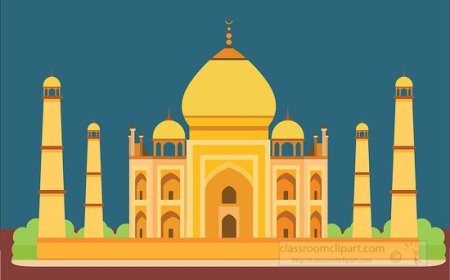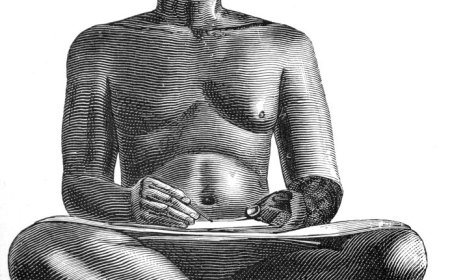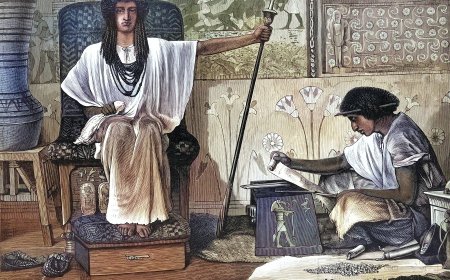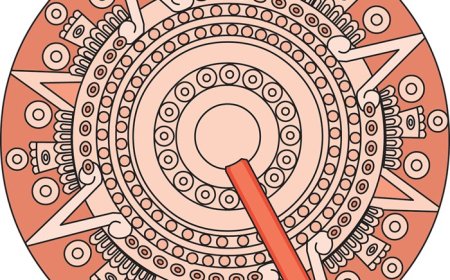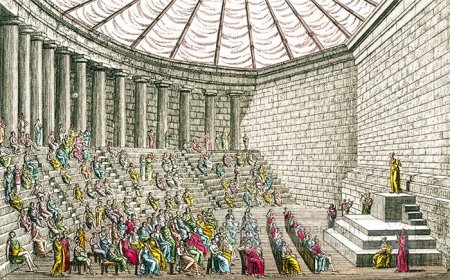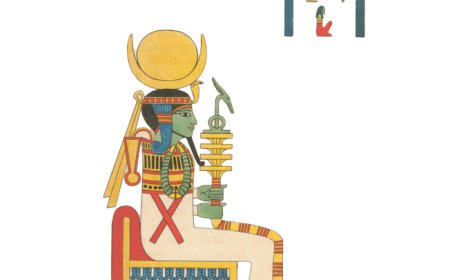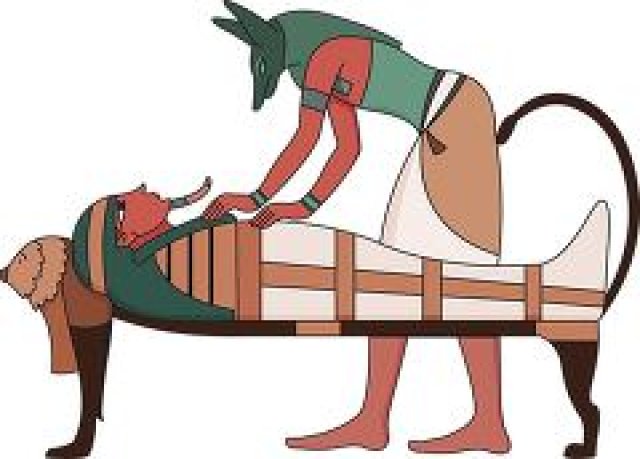Sarcophagus in Ancient Egypt Coffins of Kings
xplore the sarcophagus of Ancient Egypt large decorated coffins that held mummies of pharaohs and nobles protecting them for the journey to the afterlife
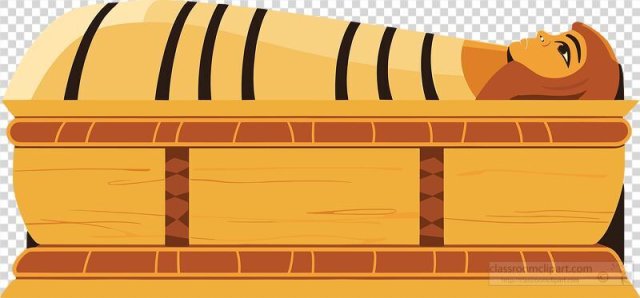
🌟 Introduction
In Ancient Egypt, the dead were often buried in beautiful and highly decorated coffins called sarcophagi. These stone or wooden containers were designed to protect the mummy and symbolize the journey to the afterlife. A sarcophagus was more than just a coffin - it was a sacred object covered with hieroglyphics, carvings, and paintings that told stories of gods, prayers, and protection spells. Pharaohs and nobles were placed in massive stone sarcophagi, sometimes inside several layers of coffins, to ensure their spirits would be safe forever. The sarcophagus reminds us of how deeply Egyptians believed in life after death.
🔍 What was a Sarcophagus in Ancient Egypt?
A sarcophagus was a coffin, usually made of stone, designed to hold the mummy of an important person. The word comes from Greek, meaning "flesh-eater," because the limestone used sometimes caused bodies to decay faster. In Egypt, however, sarcophagi were carefully made to preserve and honor the dead. They were often painted with images of the gods, the deceased's face, and hieroglyphic prayers. Pharaohs might be buried in multiple coffins, with the sarcophagus as the outermost layer.
🌍 Why were Sarcophagi Important in Ancient Egypt?
Sarcophagi were important because they protected the body, which Egyptians believed was necessary for the soul to live in the afterlife. They were also a way to honor the dead and display wealth and status. The carvings and paintings on sarcophagi served as both decoration and magical spells, helping guide the spirit to eternal life. For archaeologists today, sarcophagi provide valuable information about Egyptian art, religion, and burial customs.
🧪 Sarcophagi in Daily Life
Though ordinary Egyptians could not afford stone sarcophagi, they still used coffins made of wood or clay. Skilled craftsmen carved, painted, and decorated sarcophagi for the wealthy. Priests placed them inside tombs, often with amulets, jewelry, and treasures. Workers built tombs large enough to hold these giant coffins, showing how many people contributed to one burial. Sarcophagi were a symbol of respect and protection, connecting the living to the dead.
📜 Famous Sarcophagi of Ancient Egypt
-
Tutankhamun's Sarcophagus: Discovered in 1922, his golden coffins and stone sarcophagus amazed the world with their beauty.
-
Seti I's Sarcophagus: Carved with detailed hieroglyphs and astronomical texts, it is one of the most elaborate ever found.
-
Ramses II's Sarcophagus: Originally placed in the Valley of the Kings, his remains were later moved to keep them safe.
-
Cleopatra's Missing Sarcophagus: The final resting place of Egypt's last pharaoh has never been found, making it one of history's mysteries.
-
Animal Sarcophagi: Cats, crocodiles, and even sacred bulls were sometimes buried in decorated coffins.
✨ Fun Facts
-
Some sarcophagi weighed several tons and required many workers to move them.
-
The lid of a sarcophagus often showed the face of the person buried inside.
-
Sarcophagi were usually placed inside a tomb within larger burial chambers.
📌 Key Takeaways
-
A sarcophagus was a decorated coffin used in Ancient Egypt.
-
It protected the body for the afterlife and honored the dead.
-
Famous sarcophagi reveal Egyptian art, religion, and beliefs.
🐾 Kid-Friendly Summary
A sarcophagus was a special coffin used by Egyptians to keep mummies safe. Pharaohs like King Tut were placed in decorated stone coffins covered with pictures and writing to help them in the afterlife.
📚 Vocabulary Words
-
Sarcophagus: A decorated coffin used to hold a mummy.
-
Tomb: A burial place for the dead, often in pyramids or underground chambers.
-
Amulet: A small charm placed with the dead for protection.
-
Valley of the Kings: A royal burial site in Egypt where many sarcophagi were discovered.
Interactive Quiz: Sarcophagus in Ancient Egypt
-
What does the word Sarcophagus mean?
A) Sacred Tomb
B) Great Coffin
C) Flesh-Eater
D) Eternal Rest -
Why were sarcophagi important?
A) They stored food
B) They protected mummies for the afterlife
C) They were used in farming
D) They were tools for scribes -
Which pharaoh’s sarcophagus was found in 1922?
A) Ramses II
B) Cleopatra
C) Seti I
D) Tutankhamun


















































